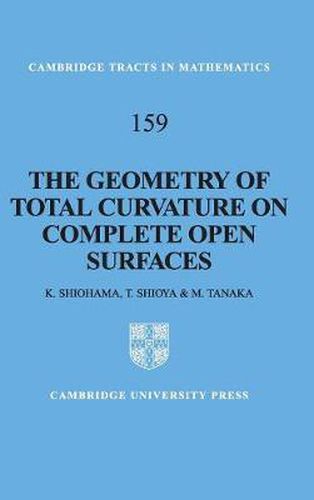Readings Newsletter
Become a Readings Member to make your shopping experience even easier.
Sign in or sign up for free!
You’re not far away from qualifying for FREE standard shipping within Australia
You’ve qualified for FREE standard shipping within Australia
The cart is loading…






This is a self-contained account of how some modern ideas in differential geometry can be used to tackle and extend classical results in integral geometry. The authors investigate the influence of total curvature on the metric structure of complete, non-compact Riemannian 2-manifolds, though their work, much of which has never appeared in book form before, can be extended to more general spaces. Many classical results are introduced and then extended by the authors. The compactification of complete open surfaces is discussed, as are Busemann functions for rays. Open problems are provided in each chapter, and the text is richly illustrated with figures designed to help the reader understand the subject matter and get intuitive ideas about the subject. The treatment is self-contained, assuming only a basic knowledge of manifold theory, so is suitable for graduate students and non-specialists who seek an introduction to this modern area of differential geometry.
$9.00 standard shipping within Australia
FREE standard shipping within Australia for orders over $100.00
Express & International shipping calculated at checkout
This is a self-contained account of how some modern ideas in differential geometry can be used to tackle and extend classical results in integral geometry. The authors investigate the influence of total curvature on the metric structure of complete, non-compact Riemannian 2-manifolds, though their work, much of which has never appeared in book form before, can be extended to more general spaces. Many classical results are introduced and then extended by the authors. The compactification of complete open surfaces is discussed, as are Busemann functions for rays. Open problems are provided in each chapter, and the text is richly illustrated with figures designed to help the reader understand the subject matter and get intuitive ideas about the subject. The treatment is self-contained, assuming only a basic knowledge of manifold theory, so is suitable for graduate students and non-specialists who seek an introduction to this modern area of differential geometry.